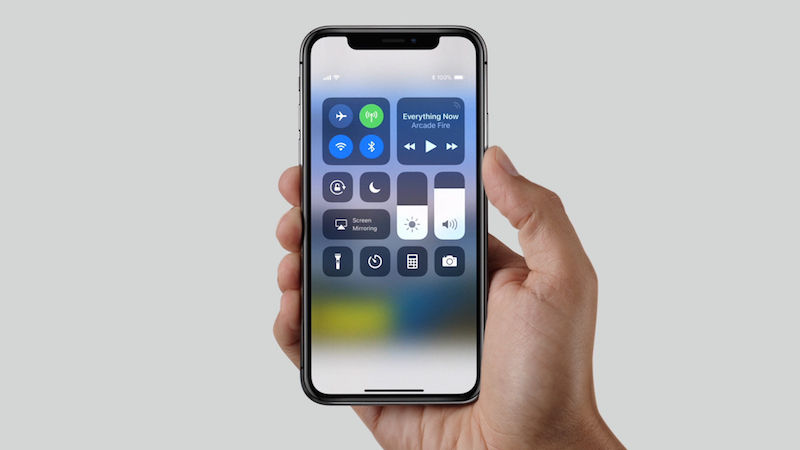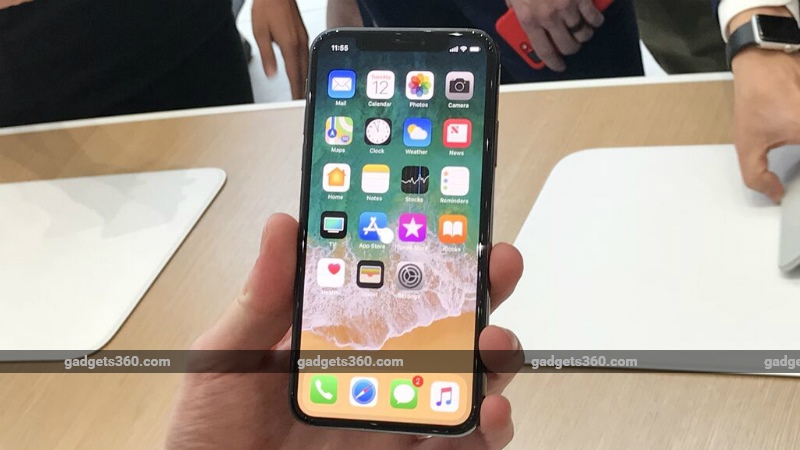
Opinions are of course subjective, but that’s particularly true for what I’m about to say. Don’t buy a flagship phone. Apple just announced its new lineup of phones, and the iPhone X is a predictably excellent handset. The company continues to top itself each year with a device that’s just shy of the cutting edge, and usually without the unpredictability and issues that turn up on other handsets. But a Rs. 89,000 ($999 in the US) phone is definitely expensive.
Of course, Apple enthusiasts disagree. Here’s a tweet that says: “There’s no way I’m gonna spend a thousand bucks on a product I use nonstop, every second, of every minute of every day. Too wasteful.” Sure, you’ll find people making fun of the iPhone’s price, and plenty of kidney jokes going around, but there are more than a few people who are very seriously looking at this price and arguing that the price is justified.
These are of course rationalisations, but equally, they’re all true. Buy an iPhone and you will use it for longer, and you’ll continue to have a great phone for the whole time that you’re using it. But that doesn’t mean that the iPhone, like other flagship smartphones, is worth your money.
Like other flagships such as the Samsung Galaxy Note 8, the new iPhones are excellent devices whose cameras are hard to match, whose design is top-notch, and which delivery smooth and reliable performance over time. But every new model adds some must-have feature, some new height of performance, and if you’re going to get “value” for your money, then you need to hold on to it for longer, and thus move further from the cutting edge.
Entry level phones are getting better
Up to around three to four years ago, my advice to people was to avoid “budget” Android devices. The compromises this involved were just too many. If you bought a phone for under Rs. 15,000, you’d have to be prepared for weird behaviour such as random reboots, lag, and other problems, plus battery problems and major slowdowns by the time the phone was some six months old.
The Moto G, and then the Xiaomi Mi 4 started to turn things around and opened up the under-Rs. 15,000 segment in 2014; over the next three years, the same thing has happened with the under-Rs. 10,000 segment as well.
ALSO SEEiPhone X Launched With 5.8-Inch ‘Super Retina’ Bezel-Less Display, Face ID; Price in India Tops Rs. 1 Lakh
You would have to be a fool to compare the Xiaomi Redmi 4 to the iPhone X, but it’s a far cry from the kind of entry-level phones you had to be wary of. In terms of specifications, the Redmi 4 could give a laptop a run for its money, with a 1.4GHz octa-core processor, not to mention 3GB of RAM and 32GB of storage, for a phone that will set you back by just about Rs. 9,000.

There’s still a huge difference between a flagship device and and entry-level ones, but flagships have gotten more expensive, yet the differences got smaller. The camera is one area where a high end phone is still infinitely better, but if that matters to you, there are other options that can still give you great photos for less.
Having used the Xiaomi Redmi 3S Prime for nearly two years, I’ll vouch that the battery doesn’t drain away significantly more quickly. The phone did however start to lag, and a particularly annoying bug was that the phone would ring, but the screen would not start up, so you couldn’t answer or dismiss the call. The only solution was to wait, while the phone kept ringing. There were times when you’d start typing, and realise that the phone was struggling to catch up, sometimes a full sentence behind.
ALSO SEEiPhone X First Impressions
These are pretty big problems, but they only appeared 19 months down the line, and as it turns out, they were all resolved with a factory reset. The phone is again running the latest version of software available and everything, from contacts and passwords to text messages and photos were all backed up on the cloud, and restored within minutes of signing into the phone again. The experience is painless, and the result is a phone that honestly feels like new.
So if you’re looking at your highly expensive phone and considering getting yet another one, think about what you really use it for, and how much value it actually provides. The Redmi 3S Prime was my first “budget” phone, and it was a step taken with a little trepidation, but it’s been a great journey, and it saved me around Rs. 50,000. That’s a return ticket to New York if you get a good deal, a trip to a resort in Goa, or a week of fancy living in the hills – so you’ve got to consider what’s more important to you.
There’s no wrong answer – if you believe you’ll be happier with a high-end phone, then that’s a good thing. But if you’re starting to feel pressure from the people around you to get a “real” phone, it’s fine to ignore them, and buy a decent entry-level phone. For most of us, it’s more than good enough.
[“Source-gadgets.ndtv”]
